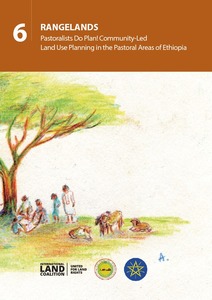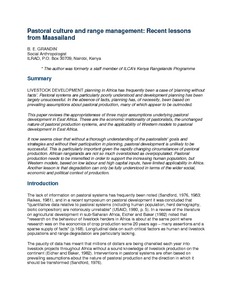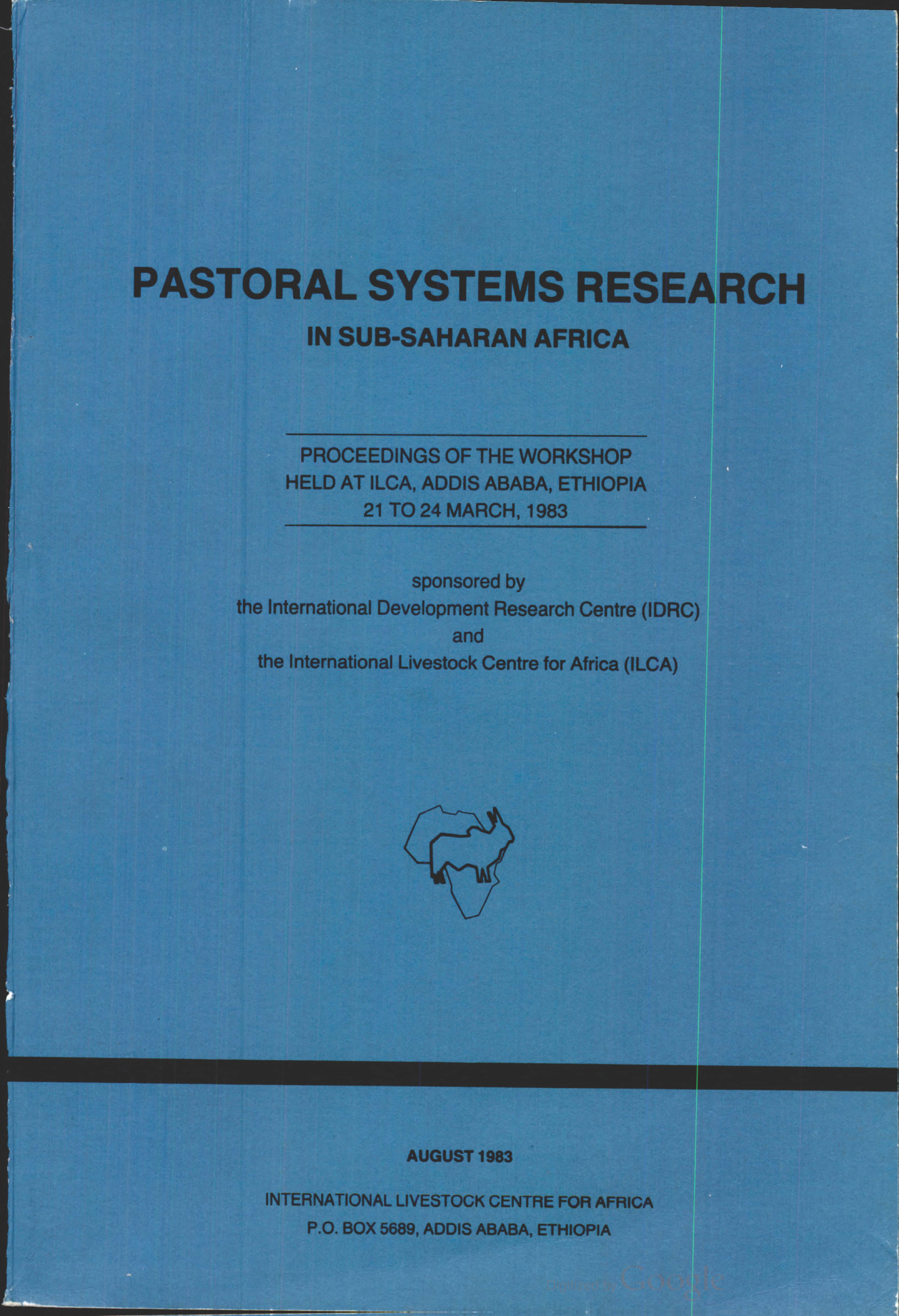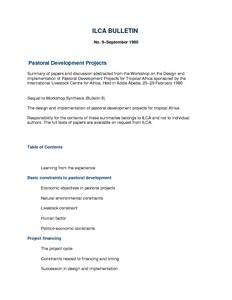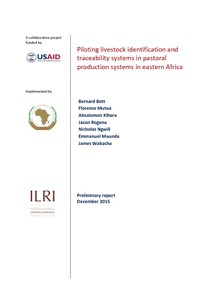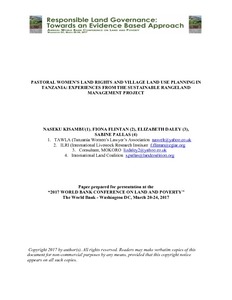Pastoralists do plan! Community-led land use planning in the pastoral areas of Ethiopia
This paper consolidates a set of case studies which document how pastoralists plan land and resource use in pastoral and agro-pastoral areas of Ethiopia. These case studies are drawn from the regional states of Afar, Somali, Southern Nations, Nationalities, and Peoples (SNNP), Oromia, and Gambella. They describe not only why, how, and when pastoralists plan, but also the management and governance structures that control planning processes and the later implementation of the plans.

